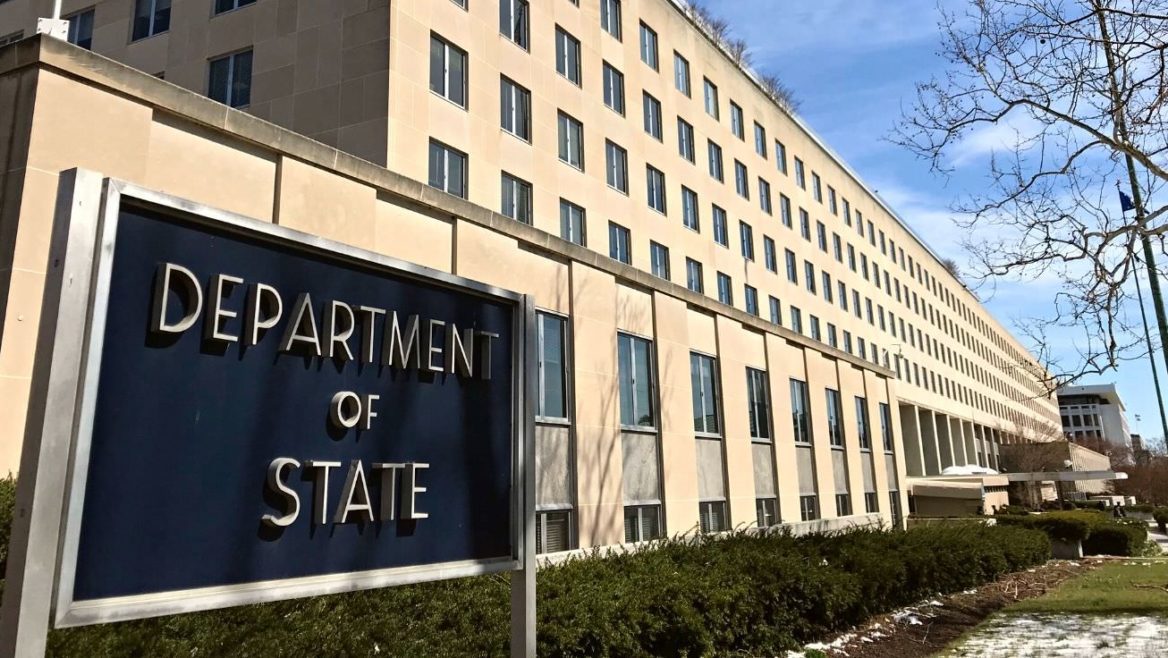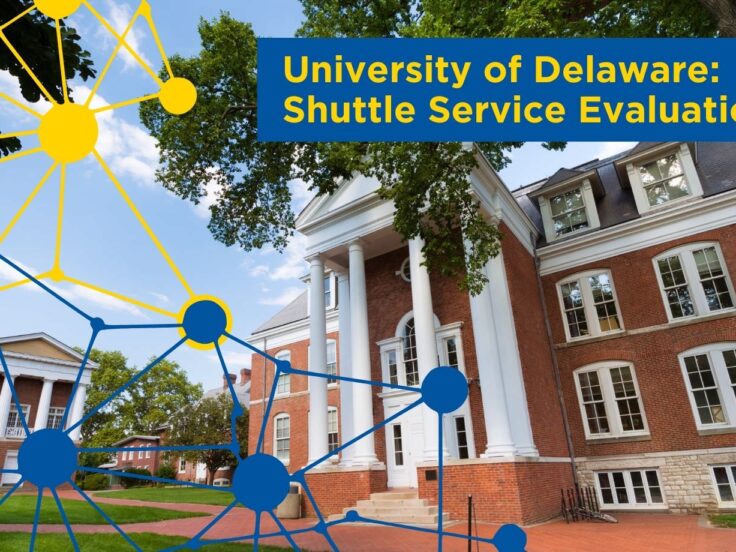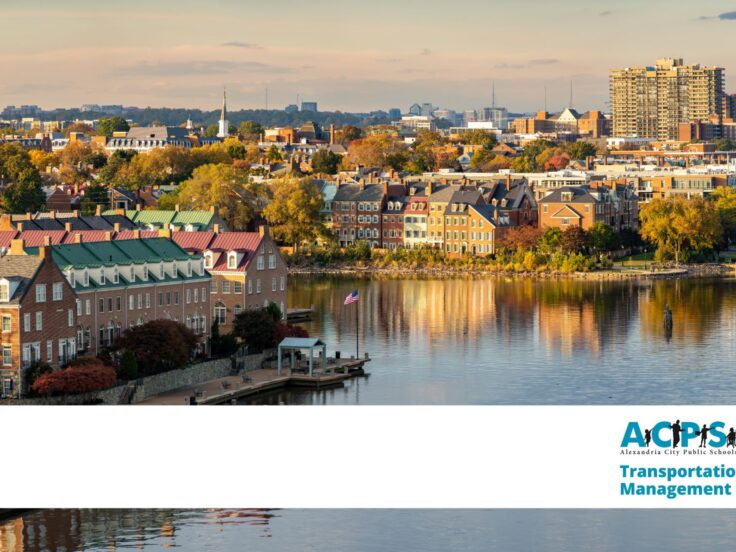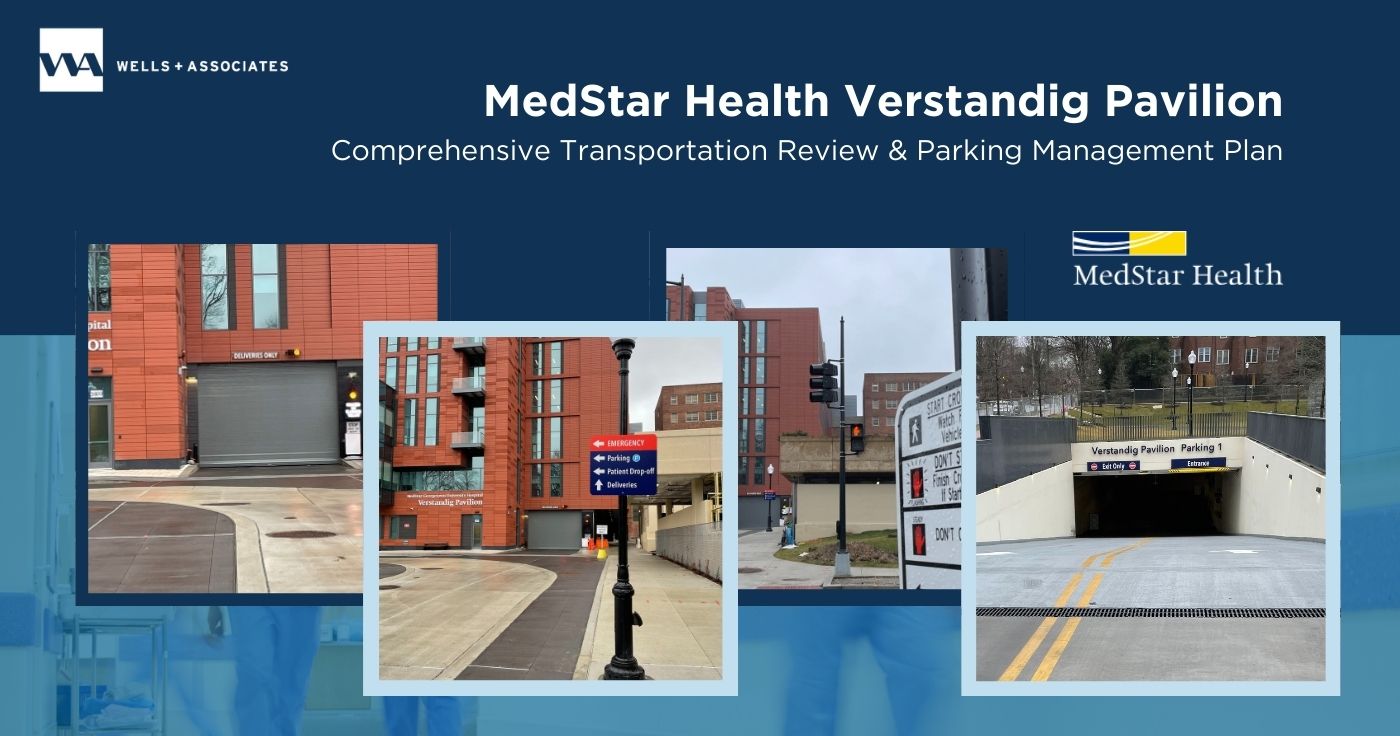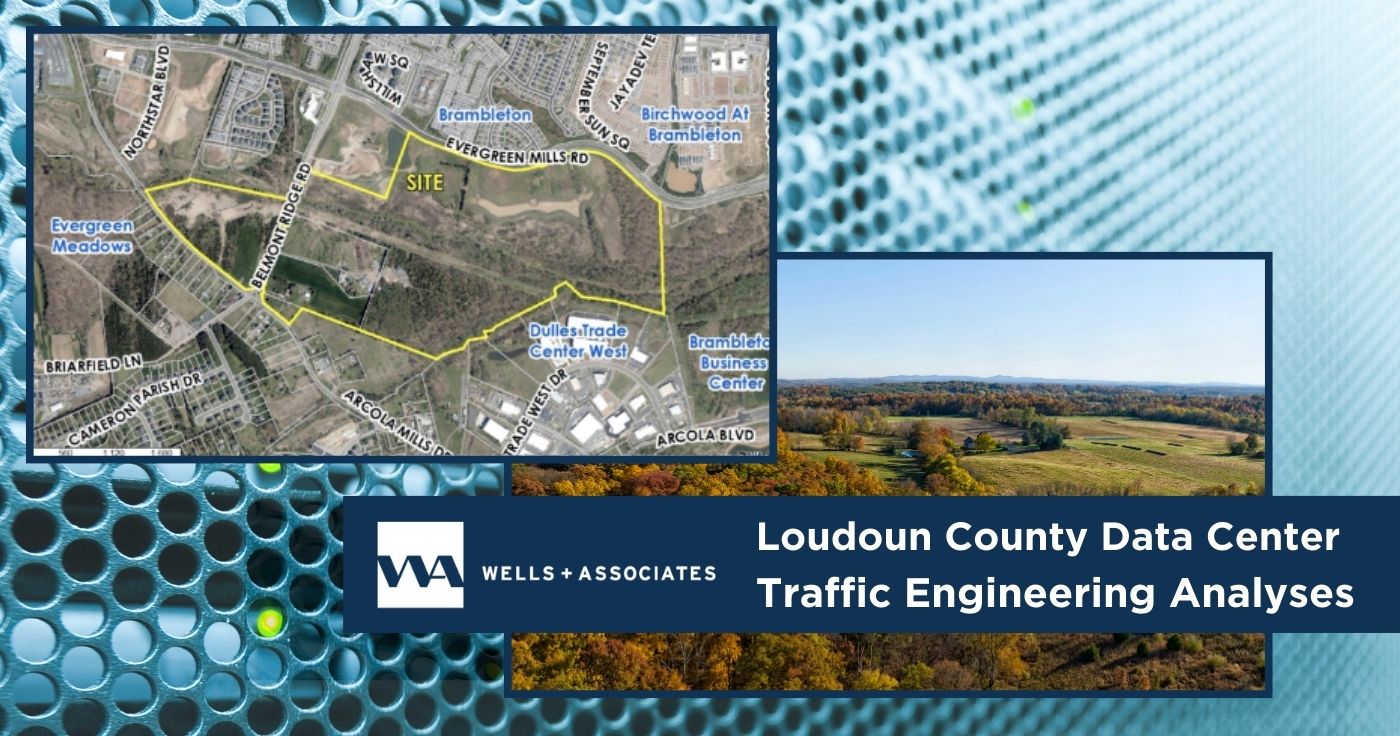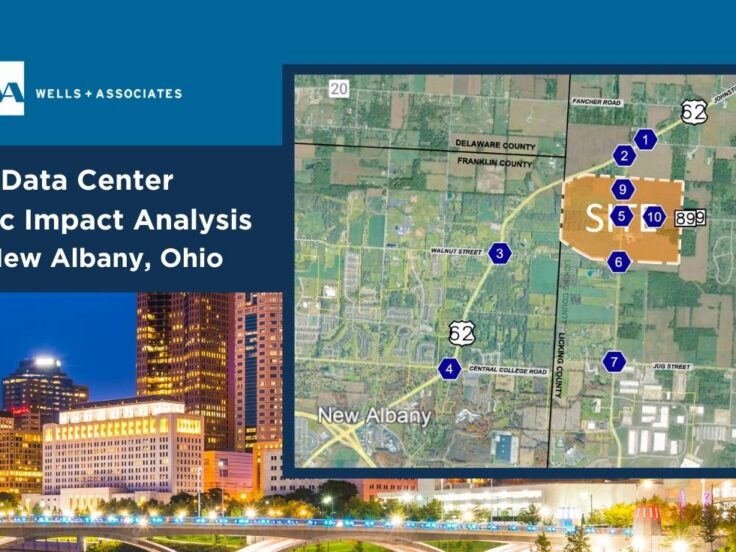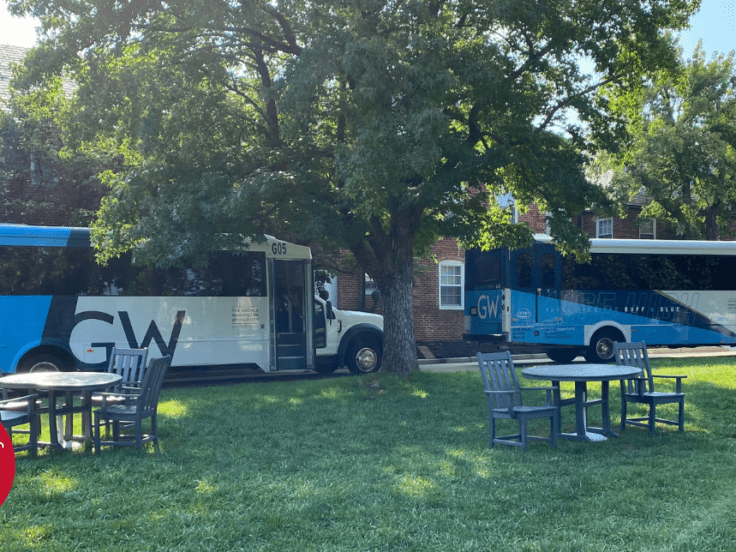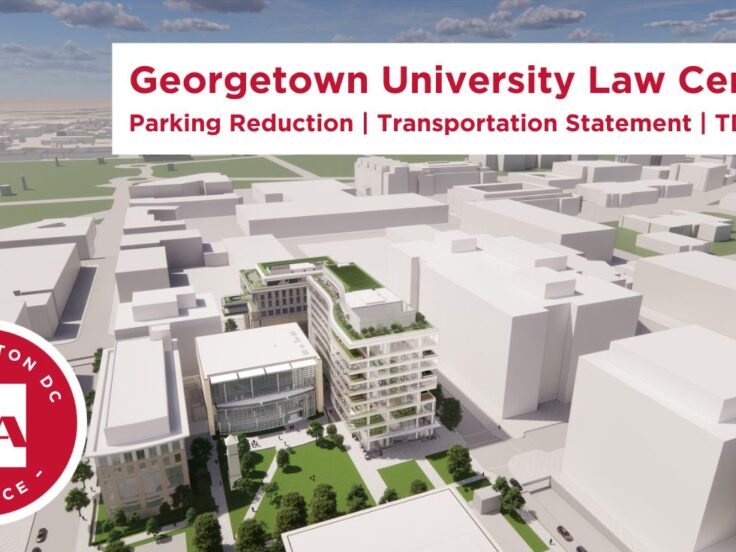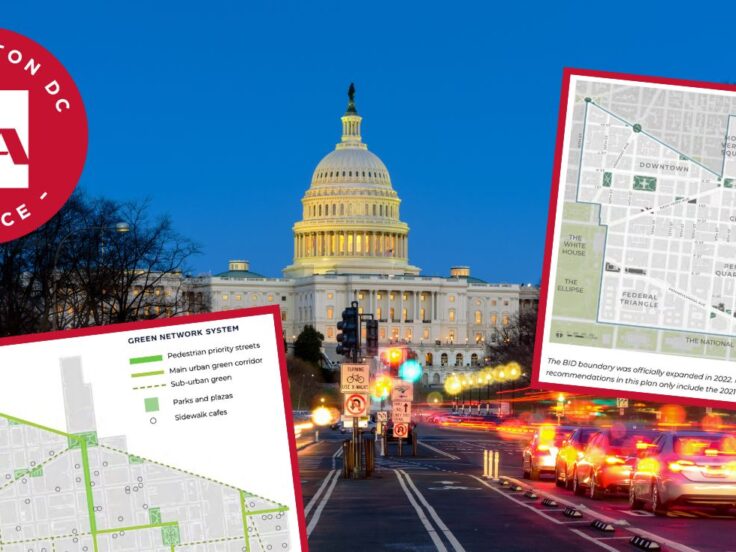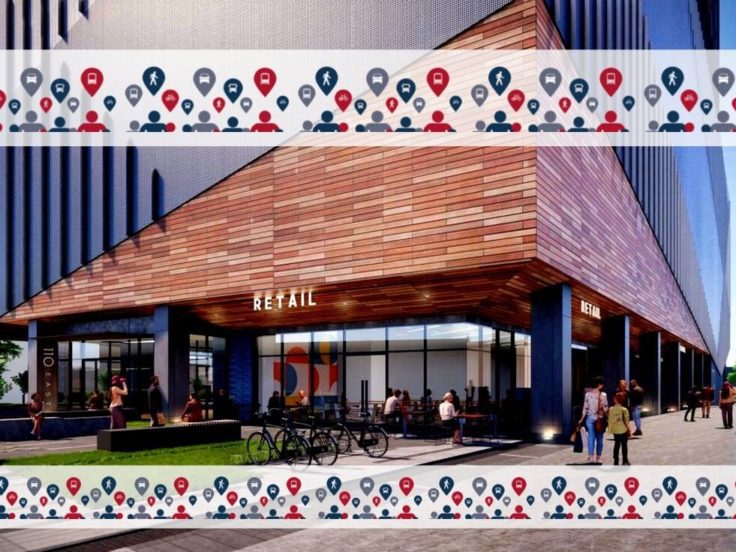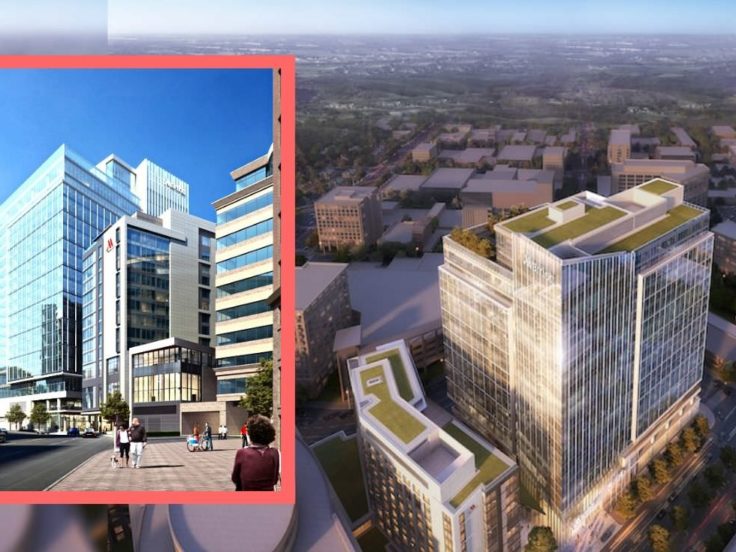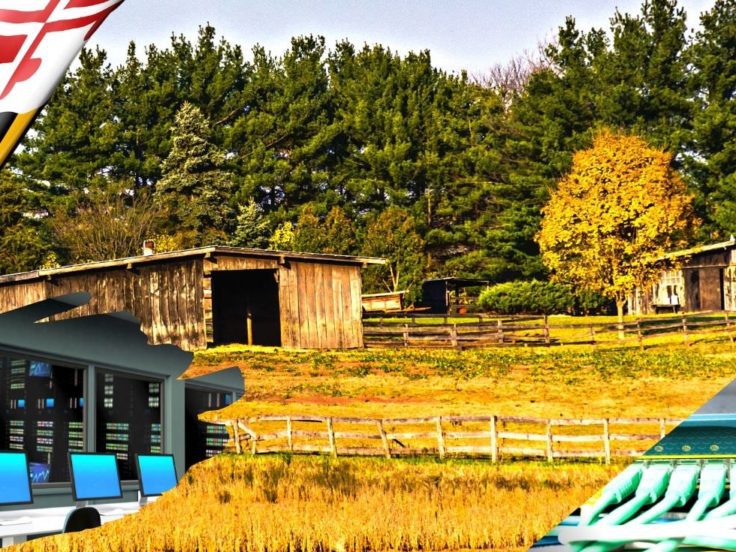Nicholas Kosar
The U.S. Department of State (DOS), like many government agencies, is faced with threats to the security of its facilities. As part of a program to evaluate ways to secure the Department’s Harry S. Truman Building in Washington, D.C. and its occupants from terrorist actions, Wells + Associates’ government transportation practice was retained to analyze vehicular mobility under various scenarios.
Prior to our work, unsightly Jersey barriers had been used to close C and D Streets, Northwest to non-DOS traffic; remove the east and west traffic lanes on 21st Street; establish a truck checkpoint on the east side of 21st Street; and remove the east traffic lane on 23rd Street.
The Department was considering enhanced perimeter security by closing additional streets, traffic lanes, and a highway ramp to move traffic further away from the building. Our team of traffic engineers worked with DOS to evaluate the impacts of these closures on vehicular mobility.
Twenty-two intersections were analyzed within an 11-block area around the building. Existing intersection levels of service, delays, and queues were analyzed.
Changes in levels of service, delays, and queues were evaluated under multiple, alternative street closure proposals. Wells + Associates determined that peak hour delays would decrease by approximately about five percent by re-opening C Street. Delays would increase by up to 40 percent, if the Virginia Avenue ramp off the E Street Expressway and 21st Street were closed.

